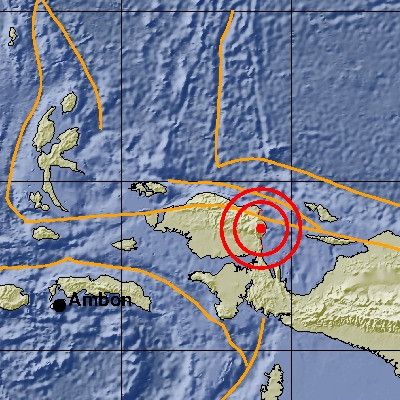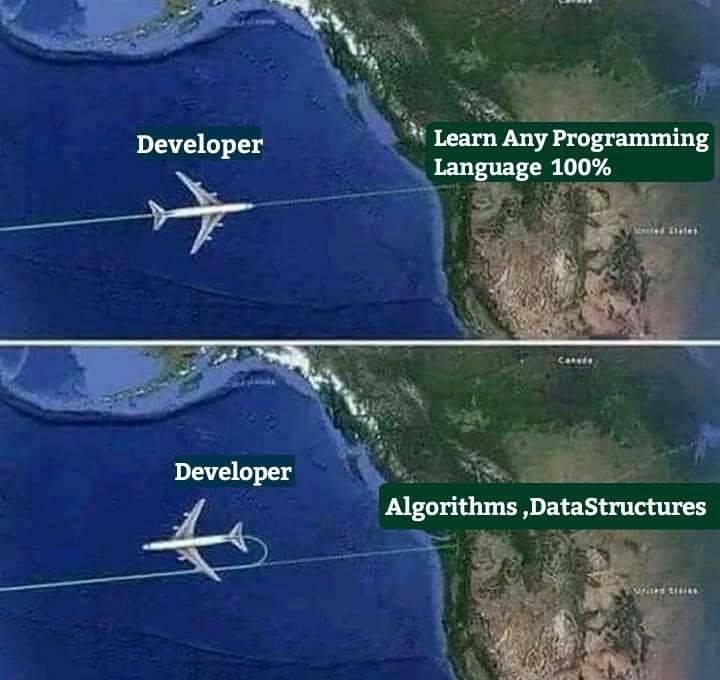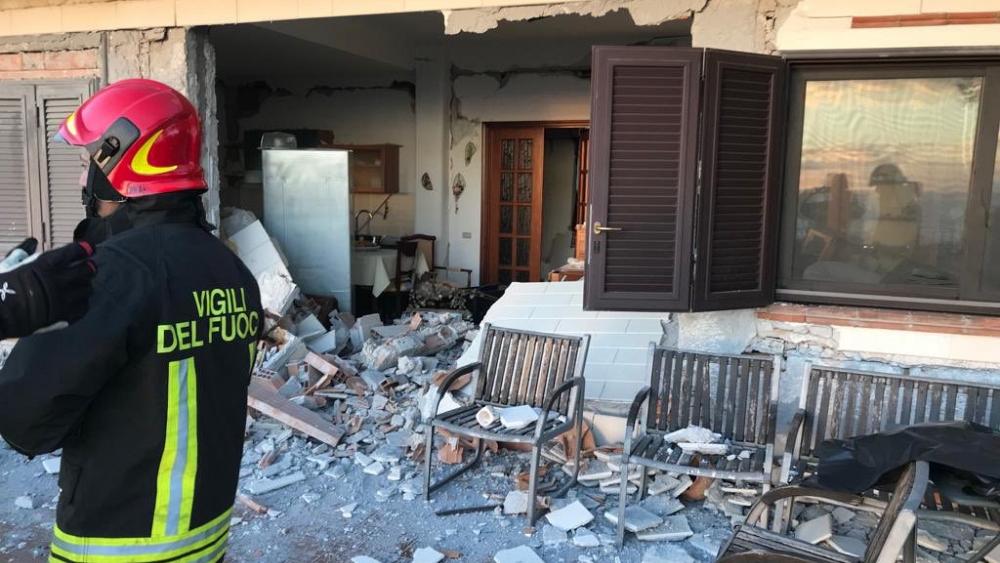Water flowing through the city’s pipes will generate electricity like a dam with none of the environmental consequences.
Category: futurism – Page 1,091


6.1-magnitude earthquake hits West Papua
A 6.1-magnitude earthquake jolted West Papua on Friday morning, the Meteorology, Climatology and Geophysics Agency (BMKG) reported.
The earthquake struck at around 10 a.m. local time, with its epicenter located some 55 kilometers southeast of South Manokwari and predicted to be 26 km deep.
“It did not trigger a tsunami,” a BMKG spokesperson said in a press release, adding that no casualties were reported as of yet.





The Birth of Worlds
A series of remarkable astronomical images have been released by a team of scientists.
Stunning new images of young planetary systems create a profound cosmic perspective.
- By Caleb A. Scharf on December 13, 2018

What If Humans Could Hibernate?
What’s the longest you’ve ever slept?